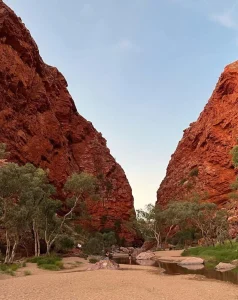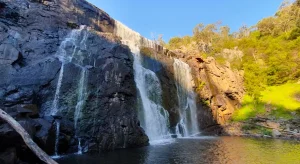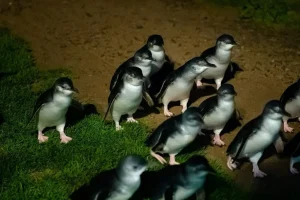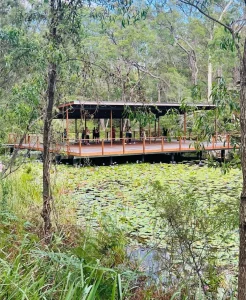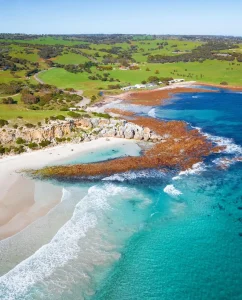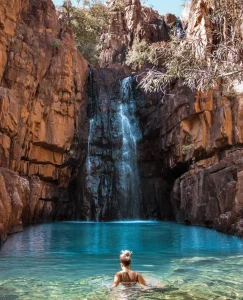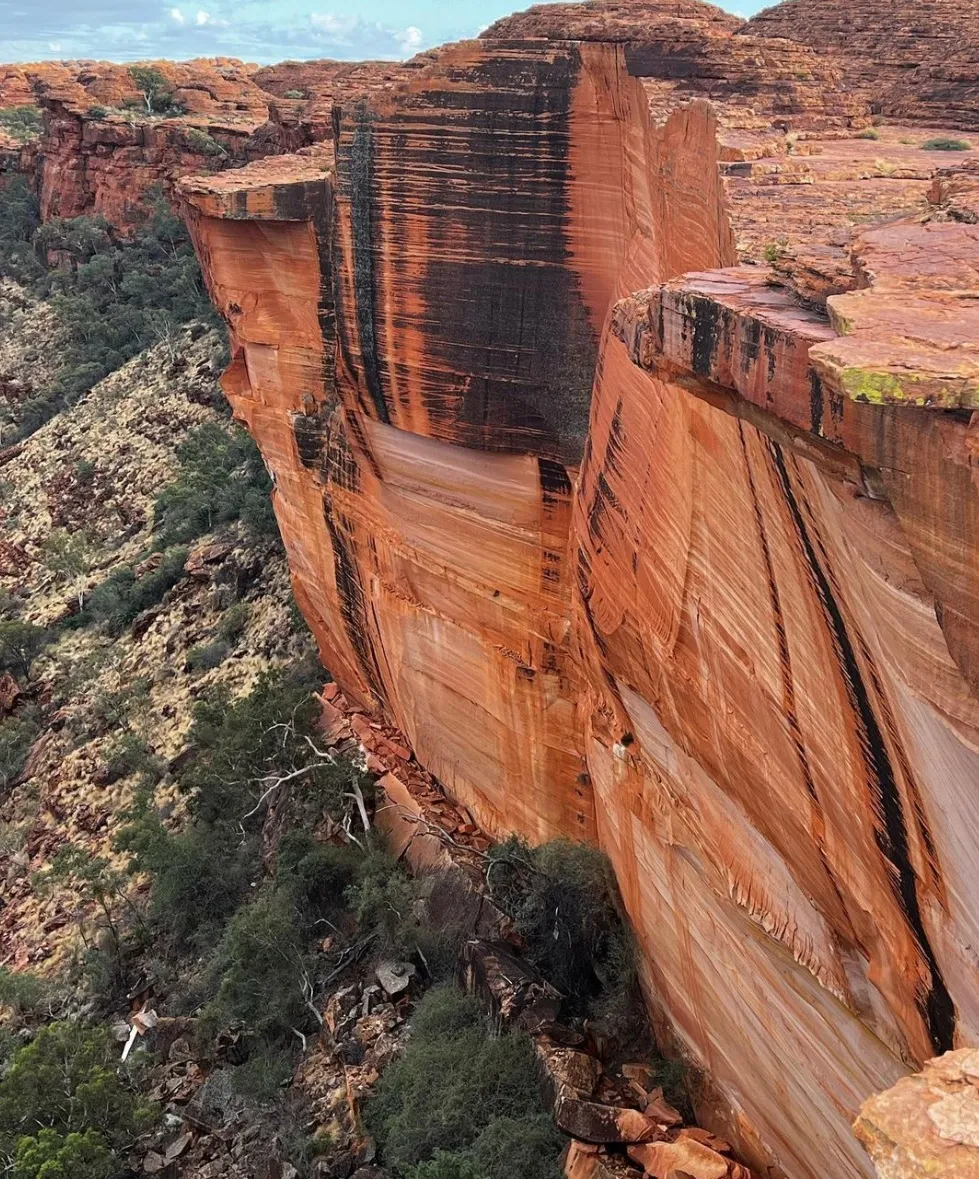
Watarrka National Park in the heart of the Northern Territory is a photographer’s paradise. With its red rock cliffs, big mountains and dramatic light, you’ll find endless opportunities to shoot as an outdoor photographer or travel photographer, whether you’re chasing the morning light or sunset. This guide will help you get the most out of your photographic adventure in Kings Canyon and surrounding areas like Kata Tjuta and Uluru.
In this article we’ll cover the techniques and tips to shoot the canyon walls, sandstone bluffs and the night sky free of light pollution. We’ll also cover the practicalities such as walking tracks, photo opportunities and photography restrictions so your experience is smooth, respectful and productive.
Best Times to Shoot
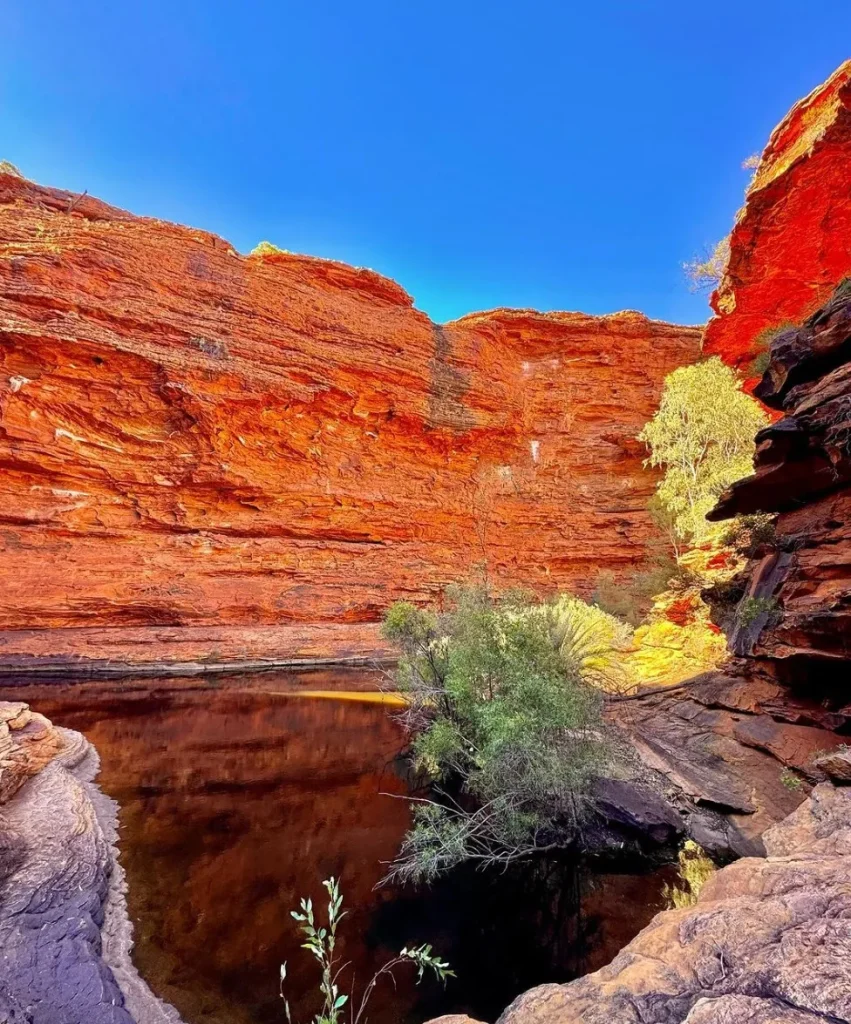
Timing is everything when it comes to shooting Kings Canyon. The cooler months (April to September) are the best time to hike and shoot and for clear night skies. When it comes to light the time of day you shoot is critical.
- Golden Hour: The soft light just after sunrise and before sunset casts a warm glow on the canyon walls and highlights the sandstone bluffs. This is the perfect time to shoot the canyon in all its glory, from the red rock formations to the wildflowers in the landscape. For sunrise shots, get there early and settle in before the light changes. The storms at sunrise can add drama to your shots and give you your favourite images.
- Late Morning: The light is harsh during the middle of the day but this can still be a great time for walking tracks photography if you’re after light and shadow on the canyon walls. A late morning drive from Kings Canyon to Ayers Rock Resort can also give you a change of scenery and new photo opportunities.
- Night Shooting: For night sky photographers, Kings Canyon offers an unspoiled view that is free of light pollution. The National Parks at Night are a stunning backdrop for long exposures that show the Milky Way, constellations and more. Shooting at night after dinner is a great way to wind down your day and try out long-exposure techniques.
Gear for Photographing
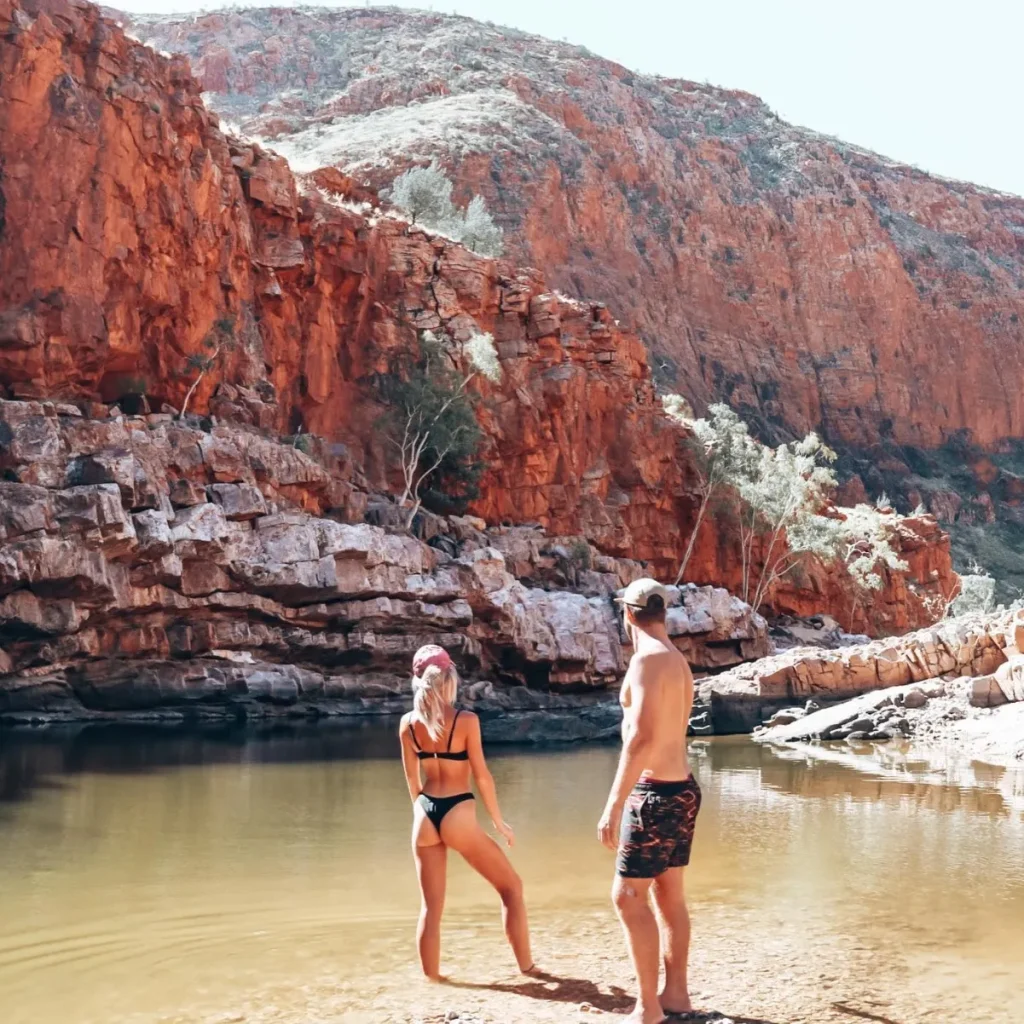
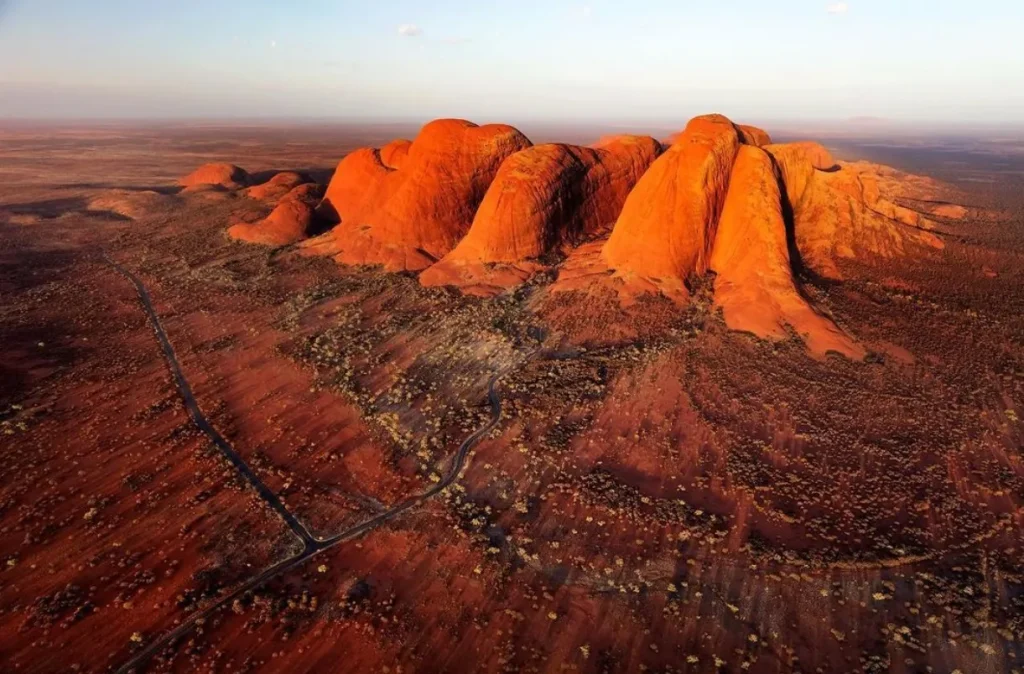
When photographing Kings Canyon, you should be prepared with the right gear for the vast landscapes and changing light.
- Wide-Angle Lens: A must for the canyon and surrounding Tjuta National Park and Ormiston Gorge. A wide-angle lens allows you to fit more in the frame and is great for creating depth.
- Tripod: For slow shutter speed shots, low light or night shooting. Also for bracketed exposure shots where you need to capture the full dynamic range of a scene.
- Polarizing Filter: To reduce glare and reflections when shooting the sandstone bluffs or water within the park. Also to make the colours of the canyon walls pop in your images.
- Telephoto Lens: While a wide-angle is great for landscapes a telephoto will allow you to zoom in on wildlife, distant mountains or rock formations.
- Sun Protection: Don’t forget the basics! Pack plenty of sun protection for yourself, such as sunscreen, a wide-brimmed hat, and sunglasses. The desert sun can be harsh even in the cooler months, so be safe while shooting.
Composition: Depth of Field and Framing
Composition is key in landscape photography. Here are some tips to help you compose great shots:
- Depth of Field: To have everything from foreground to background in focus use a small aperture (f/11 or higher) for more depth of field. This will allow you to keep the foreground (rocks, plants, other elements) and background (mountains, cliffs etc) in focus and make the image more interesting.
- Frame in Waterfall Photography: If you come across a waterfall on your hike, use natural elements like trees, rocks or canyon walls to frame your shot. By using a slow shutter speed, you can blur the water movement to create a soft, dreamy effect.
- Leading Lines and Foreground Interest: Use the natural lines in the landscape, trails or rock formations to lead the viewer’s eye into the scene. Include foreground elements like a field of wildflowers to create depth and invite the viewer into the image.
Bracketing and Dynamic Range
When shooting landscapes with high contrast between light and dark—like during sunrise—you’ll often need to bracket. This means taking multiple shots at different exposure times and then combining them in the post to get both highlights and shadows right. This is especially helpful for scenes with a big dynamic range.
Night Sky at Canyon
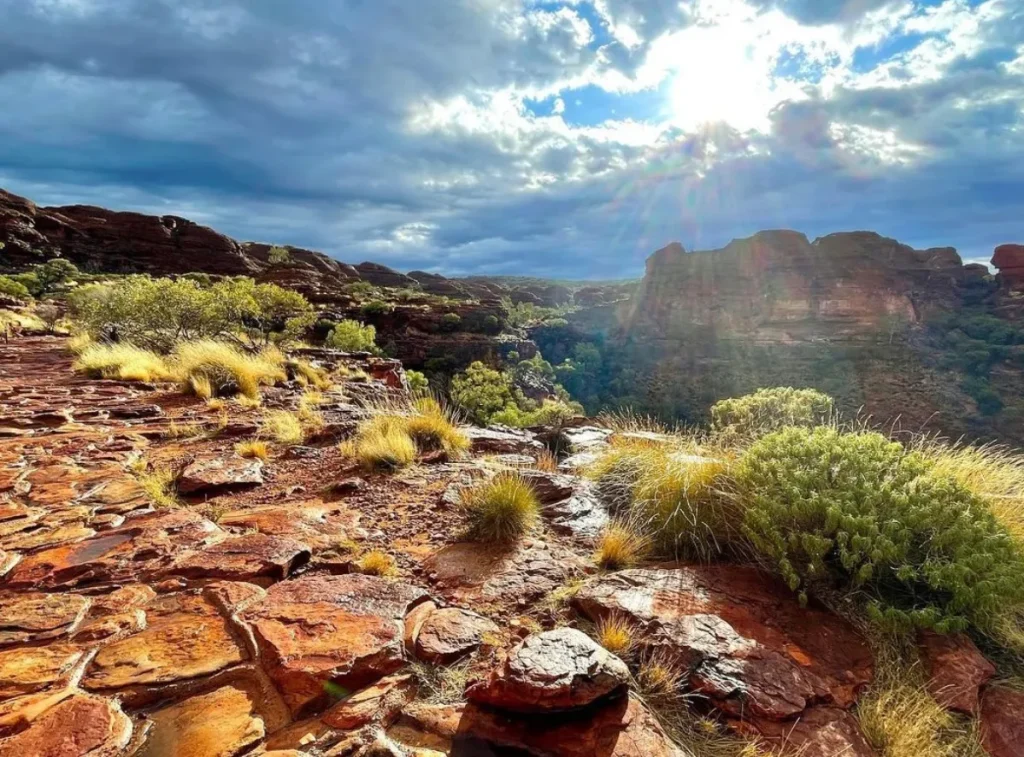
One of the best parts of visiting Kings Canyon is the night sky. With its isolation and minimal light pollution, the park has some of the clearest views of the stars. To shoot these night scenes, you’ll need the following:
- A Tripod: Since you’ll be shooting minute exposures, you need a stable base to avoid camera shake.
- Long Exposure Times: Use a slow shutter speed of 15-30 seconds to capture the movement of the stars and create star trails in your photos.
- Wide Aperture: A wide aperture (f/2.8 or f/4) will let more light into the lens which is important when shooting in the dark.
- Post-Processing: After your shoot, review and process your images. Adjust contrast, brightness and exposure to bring out the stars and reduce noise in the final image.
Post-Processing Tips
Post-processing is where your images come alive. Here’s how you can enhance your shots from Kings Canyon:
- Dynamic Range: Kings Canyon has a big range of lighting conditions from harsh midday sun to soft diffused light at sunrise and sunset. Use software like Adobe Lightroom to adjust the dynamic range and make sure the highlights and shadows are balanced.
- Image Review: Take time to review your images and look at composition and exposure. This will help you pick your favourites and those that need more work.
- Colour Correction: Boost the colours of the canyon walls by adjusting saturation and vibrance but be careful not to overdo it. Subtle adjustments often produce the most natural looking results.
Nearby Photo Spots: Extend Your Adventure
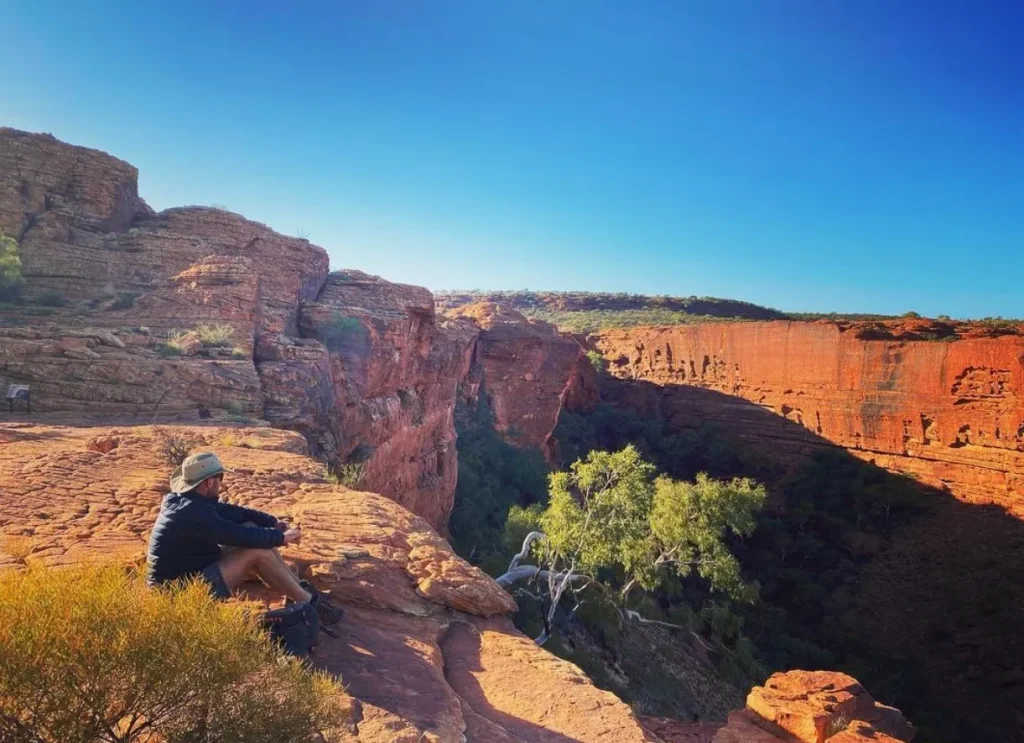
While Kings Canyon has plenty of photo opportunities, don’t miss out on the nearby spots too. Kata Tjuta and Ayers Rock are must sees for iconic views and real experiences. The Rainbow Valley and Desert Gorge are other nearby destinations for landscape photography.
For cultural photography, join an Aboriginal Portraits Kings Canyon Tour to capture the history and traditions of the local Aboriginal communities. Not only will you get great photos but also get to engage with the culture.
Photography Restrictions
Before you start your photography adventure in Kings Canyon, make sure to check for any photography restrictions, especially in areas of cultural significance. Some areas may require permission to photograph, especially sacred sites for local Aboriginal communities. Always respect these rules, as well as the environment and culture.
FAQ
What lens for landscape at Kings Canyon?
Wide angle for the big views of the canyon walls and mountains.
How do I shoot the sunrise at Kings Canyon?
Get there early. Use a tripod and try bracketing to capture both the sky and the shaded canyon in one shot.
Can I shoot the night sky?
Yes! Kings Canyon has no light pollution, so it’s perfect for long exposures and night photography.
What else can I shoot near Kings Canyon?
Kata Tjuta, Ayers Rock and Ormiston Gorge are nearby and have equally impressive landscapes.
Are there any photography restrictions in Kings Canyon National Park?
Some areas are restricted, especially those that are culturally significant to the local Aboriginal people. Always check the guidelines before shooting.
